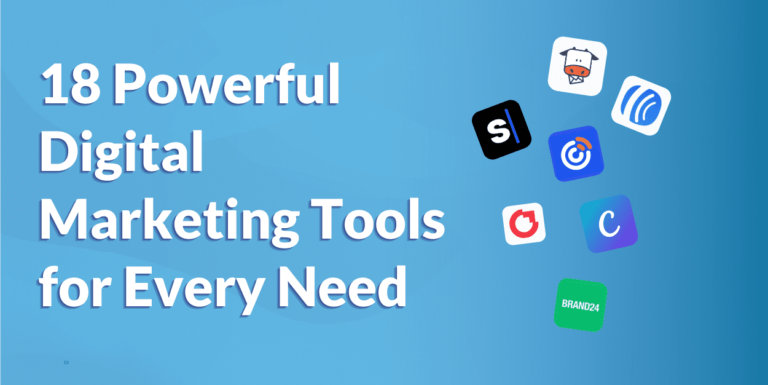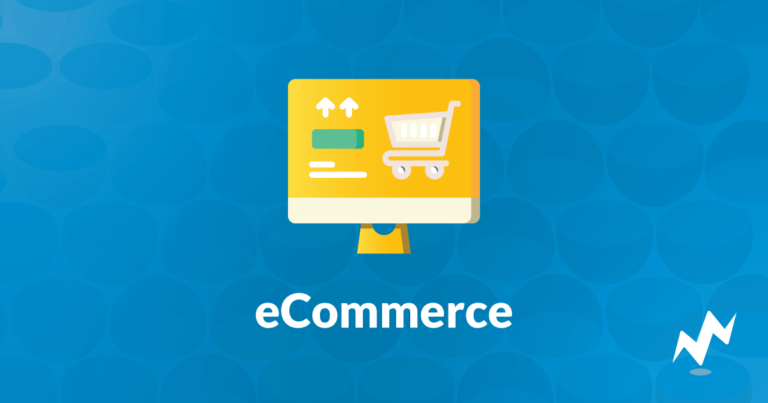How to Structure Your Startup’s Equity to Attract Top Investors
As a startup founder, one of the most important decisions you’ll make is how to structure your equity. The way you distribute ownership in your company can have a significant impact on your ability to attract investors, retain top talent, and scale your business. In this blog post, we’ll explore the key strategies for structuring your startup’s equity in a way that makes it appealing to top investors, with the added benefit of using solutions like J.P. Morgan Cap Table to streamline and manage equity distributions effectively.
1. Understand the Basics of Equity Distribution
Before diving into how to structure your startup’s equity, it’s essential to understand the basic components of equity ownership. At its core, equity represents a portion of ownership in the company. The most common types of equity issued in a startup include:
- Founders’ Equity: This is the equity owned by the founders of the company, often the largest portion at the outset.
- Employee Stock Options (ESOP): A pool of equity reserved for employee compensation, which is critical for attracting and retaining talent. Many startups also consider implementing structured equity incentive plans to provide clear and motivating equity rewards, especially as the company scales.
- Investor Equity: The portion of equity allocated to investors who provide capital in exchange for ownership stakes.
As you structure your equity, keep in mind that your goal is to strike a balance between offering investors enough ownership to make the investment worthwhile, while retaining enough control and ownership to keep the company’s vision intact. A tool like J.P. Morgan Cap Table can help you manage and visualize these allocations in real-time, making it easier to make strategic decisions.
2. Establish a Founders’ Equity Split that Reflects Contributions
When structuring the equity for your startup, it’s crucial to have a fair and transparent founders’ equity split. This allocation should reflect the contributions that each founder brings to the table, whether in terms of intellectual property, funding, industry expertise, or time commitment.
- Sweat Equity: Founders who contribute their time and expertise instead of cash should be compensated accordingly through a larger equity share.
- Cash Investments: If one founder invests capital into the business, their equity share should reflect this financial contribution.
- Clear Agreements: Use vesting schedules and clear agreements to ensure that founders remain incentivized to stay with the company. A typical vesting schedule is four years with a one-year cliff, meaning that founders earn their equity gradually over time.
By having a clear and fair founders’ equity split, you set the stage for both internal harmony and external investor confidence. Managing this split and tracking equity over time becomes simpler with solutions like J.P. Morgan Cap Table, which provides a dynamic way to track ownership and vesting schedules.
3. Create an Attractive Employee Stock Option Plan (ESOP)
Top-tier talent is one of the most valuable assets of a startup, and offering equity as part of compensation is a powerful way to attract and retain employees. However, structuring your employee stock option plan (ESOP) in the right way is key to making it attractive to both employees and investors.
- Size of the ESOP Pool: Investors typically expect startups to allocate 10-20% of the company’s equity to the ESOP. Too little can be a red flag for investors who want to ensure that employees are well-compensated and motivated. On the flip side, too much can dilute the founder’s ownership and reduce the value of the business.
- Vesting and Performance Milestones: Employee stock options should vest over time (usually over four years) to encourage long-term commitment. Additionally, tying the vesting schedule to performance milestones can incentivize high productivity and align employee goals with the company’s objectives.
An attractive ESOP demonstrates to investors that the company is committed to building a strong, motivated team, which is a key indicator of future success. J.P. Morgan Cap Table can help you manage the ESOP pool, track option grants, and prevent over-issuance, ensuring that employee equity is structured for optimal growth without causing unnecessary dilution.
4. Design the Capitalization Table (Cap Table) Wisely
A capitalization table (cap table) is a snapshot of the company’s equity distribution, detailing who owns what percentage of the business. A well-organized and transparent cap table is essential for gaining the trust of potential investors.
- Clarity and Transparency: Ensure that your cap table clearly outlines all stakeholders, including founders, employees, and investors. Investors will want to see a clean cap table with no surprises, so maintaining a system of good records from day one is crucial. Utilizing a tool like J.P. Morgan Cap Table can simplify this process, allowing for easy updates and visualizations that reduce errors and enhance transparency.
- Dilution Strategy: As you raise funds, your cap table will change, and your ownership stake will likely be diluted. It’s important to have a clear plan for managing dilution in a way that still allows you to retain sufficient control of the company. Understanding how dilution works and communicating it effectively will reassure investors that you’ve thought through these issues. J.P. Morgan Cap Table, you can simulate various funding scenarios and see how different equity distributions will affect your stake and future fundraising rounds.
Investors want to see that your cap table is manageable, logical, and designed with the long-term success of the company in mind. J.P. Morgan Cap Table helps ensure that your equity structure is aligned with these expectations.
5. Consider the Stage of Your Company When Allocating Equity
The stage of your startup plays a significant role in determining how to allocate equity. For early-stage companies, founders typically own a larger portion of the equity, while investors receive a smaller stake in exchange for seed funding or Series A investments.
As the company matures and raises more capital, the equity distribution may shift, with investors taking on a larger share of ownership. Understanding the expectations of investors at different stages of your company’s growth is crucial when structuring equity.
- Seed Stage: Investors will expect a larger portion of the company in exchange for their early risk, but it’s important to retain enough equity for the founders to stay motivated.
- Growth Stage: As your company progresses, investors will expect the company to have a solid track record of growth, and they may negotiate for a larger equity stake.
Make sure you balance the desire to retain control with the need to offer investors a fair share of ownership in exchange for their capital. J.P. Morgan Cap Table is a helpful tool during these fundraising stages, as it allows you to track equity changes and manage new investors seamlessly as your company grows.
6. Set Clear Terms for Future Fundraising Rounds
As you raise funds over time, the terms of each round will affect your equity structure. Investors will look at your previous fundraising rounds and the terms of those investments when deciding whether to invest in your company.
- Pre-Money Valuation: The pre-money valuation is crucial because it determines how much equity you give up in exchange for investment. Make sure that you set a reasonable pre-money valuation based on your company’s growth potential, market size, and traction.
- Preferred vs. Common Shares: Investors typically receive preferred shares, which offer additional rights and protections, such as liquidation preferences. Make sure you understand the difference between common and preferred shares and how these will impact the equity distribution.
By setting clear terms for future rounds, you can avoid conflicts down the line and ensure that both founders and investors are aligned in terms of equity expectations. J.P. Morgan Cap Table can help you track these terms, making sure that all parties involved have access to up-to-date, transparent information.
Conclusion
Structuring your startup’s equity properly is essential for attracting top investors and building a strong foundation for growth. By understanding the key elements of equity distribution—including founders’ equity, employee stock options, and the cap table—you can make strategic decisions that will help you scale your business while maintaining control and incentivizing your team. Whether you’re in the early stages or preparing for a later-stage fundraising round, getting the equity structure right is crucial to your startup’s long-term success. Tools like J.P. Morgan Cap Table can streamline the process, allowing you to manage equity more efficiently and focus on scaling your business with confidence.
NachoNacho has a special offer now for a free cap table for up to 100 stakeholders with complimentary onboarding with J.P. Morgan Cap Table. Check it out and start managing your equity effectively for free.
If you would like to receive the latest deals added to NachoNacho, make sure you sign up for our newsletter below. We’re adding amazing software discounts you can’t miss!
Sign up for our newsletter







